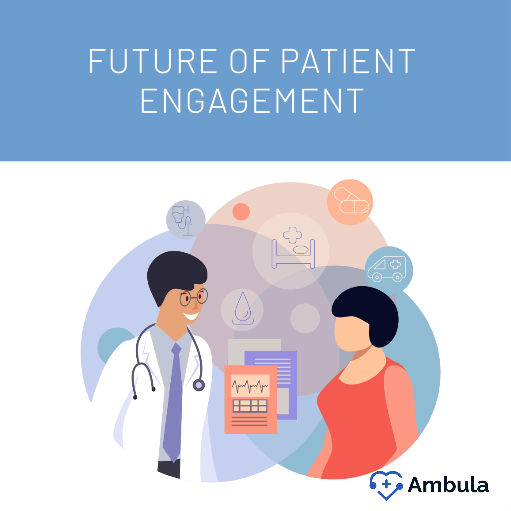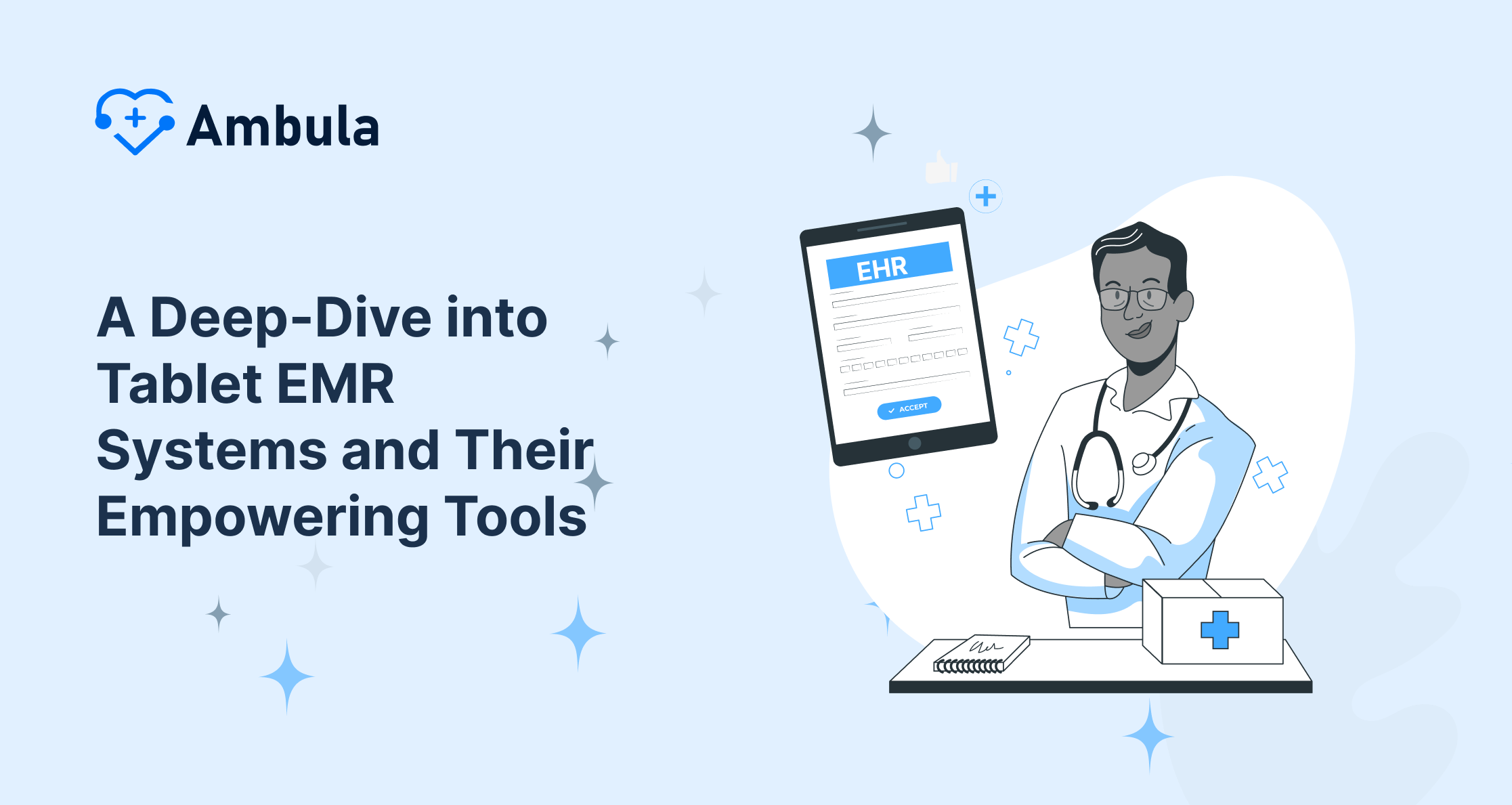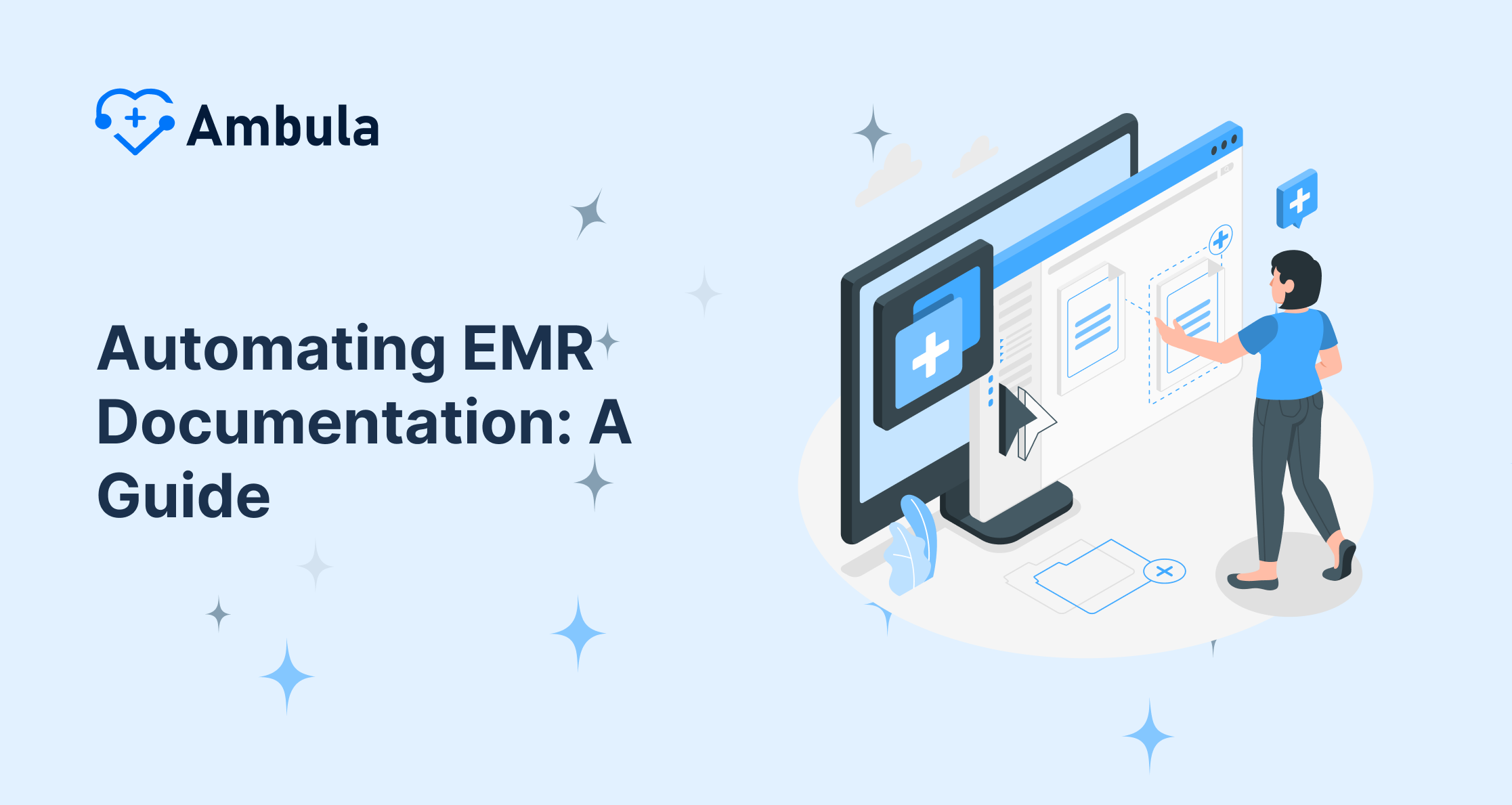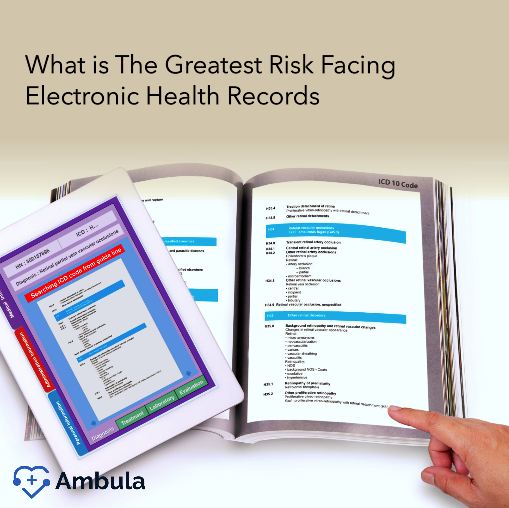
Topics:
- Future of patient engagement
- What is patient engagement?
- Technological Advancements Shaping the Future of Patient Engagement
- Leveraging Social Media
- Why do we need to increase patient engagement?
- How to engage patients in their healthcare on a long-term basis?
- Future Trends for Patient Engagement
As times are racing, the future of patient engagement is already here. The last few years have brought a lot of changes to healthcare providers. Accordingly, The Centers for Medicare & Medicaid and many organizations have adapted and changed rules. Of course, priority goes to the COVID-19 pandemic, implying the need for many updates.
Among them are resources, processes, and tools that hospitals, clinics, and health systems need. Consequently, maintains appropriate operational systems and patient care by adopting telehealth. Undoubtedly, focusing on patient engagement is very important to maintain positive outcomes. Yet what rules apply to the latest?
What is patient engagement?
To understand the future of patient engagement, we need to define patient engagement. Patient engagement in healthcare is how patients, healthcare providers, and caregivers interact. The point is to make decisions based on the available information. By definition, a highly engaged patient actively participates in their healthcare. Thus, utilizing the services healthcare professionals and caregivers provide to the greatest level. So, you can consider patient engagement a strategy helping in better health outcomes. Also, a reducer of the administrative healthcare services costs.
Check out these articles after you’re done
Why do we need to increase patient engagement?
The importance of patient engagement implies the future of patient engagement. Then, why is patient engagement important?
Firstly, a patient has options available to serve them. It is very easy for a patient to register in another practice. Easily, a patient can search for practices and doctors and have access to reviews online. Thankfully, we have the internet connecting the globe, and no area is strictly assigned to the patient. Then, if you don’t offer a positive experience by actively engaging patients, they’ll refer you to others.
Secondly, engagement tools help with cutting costs. Also, they reduce waste and diminish staff burden. With technology, patient engagement has improved exponentially. Surprisingly, even social media and search engines offer patients an active role in their healthcare. Most importantly, the developing ability to have access to tools. Namely, wearable tech and patient portals allow patients access to medical records. What you can do is make sure your patients have access to these. You can also provide active support for the updated technology related to patient engagement. In consequence, you will get a more engaged clientele.
Thirdly, with patient engagement, you’ll have better health outcomes. Engaged patients attend appointments more regularly and take care of themselves better.
Fourthly, an engaged patient is a satisfied patient and loyal patient.
Technological Advancements Shaping the Future of Patient Engagement
In the fast-paced world of healthcare, technological advancements play a pivotal role in shaping the future of patient engagement. These cutting-edge innovations are transforming how patients interact with their healthcare providers, improving outcomes and overall patient experiences. Let’s explore some key advancements that are revolutionizing patient engagement:
Artificial Intelligence (AI) and Machine Learning
AI-powered systems are being developed to analyze vast amounts of patient data, providing real-time insights and personalized recommendations. From diagnosing diseases to predicting treatment responses, AI holds immense potential in empowering physicians to make informed decisions and involve patients in shared decision-making processes. Machine learning algorithms can continuously learn from patient data, enabling personalized treatment plans tailored to a patient’s specific needs, leading to better engagement and improved outcomes.
Wearable Devices
The ever-expanding wearable technology market is revolutionizing patient engagement by seamlessly collecting real-time health data. Smartwatches, fitness trackers, and health monitoring devices allow patients to actively participate in their health management. Wearables provide valuable information about heart rate, sleep patterns, physical activity, and even stress levels. Physicians can utilize this data to gain insights into patient behaviors, track progress, and provide targeted interventions, fostering continuous patient engagement and improved health outcomes.
Internet of Things (IoT) in Healthcare
The IoT involves interconnected devices and systems working in harmony to collect and exchange data. In healthcare, IoT devices are utilized to monitor patient vitals, medication adherence, and chronic condition management. This technology enables remote patient monitoring, allowing physicians to closely track patients’ health status and intervene when necessary. IoT-powered devices promote patient engagement through increased convenience, reduced hospital visits, and improved communication channels with physicians for timely interventions.
Virtual Reality (VR) and Augmented Reality (AR)
Virtual and augmented reality technologies are transforming patient engagement in various healthcare settings. VR can be used as a distraction technique during painful procedures, reducing anxiety and stress. It can also be employed as a tool for rehabilitation, providing simulated environments for patients to regain mobility and independence. AR, on the other hand, can enhance patient education by overlaying digital information onto real-world scenarios, helping patients better understand complex medical conditions and treatments.
Mobile Applications
The prevalence of smartphones presents a remarkable opportunity for patient engagement through mobile applications. These apps enable patients to access personalized health information, medication reminders, appointment scheduling, and secure messaging with healthcare providers. Engaging with healthcare services has never been more accessible and convenient. Mobile applications empower
Leveraging Social Media and Online Communities for Patient Engagement
Social media and online communities have revolutionized how we connect and share information; healthcare is no exception. In the future of patient engagement, these platforms hold tremendous potential in enhancing patient-provider communication, facilitating support networks, and promoting health education. Here’s how leveraging social media and online communities can benefit both patients and healthcare providers:
Improved Patient Education
Social media platforms provide a vast space for healthcare organizations and providers to share valuable health information and resources with patients. By posting educational content, such as articles, infographics, and videos, physicians can empower patients with essential knowledge about their health conditions, preventive measures, and treatment options. According to recent data, over 88% of physicians believe social media improves patient education and engagement.
Enhanced Peer Support and Empowerment
Online communities enable patients to connect with others facing similar health challenges. By joining condition-specific groups or forums, patients can share their experiences, seek advice, and provide support to fellow patients. This peer-to-peer interaction promotes emotional well-being, empowers patients to take an active role in their care, and reduces feelings of isolation. Additionally, studies have shown that individuals who engage in online health communities are more likely to adhere to their treatment plans.
Communication and Accessibility
Social media platforms offer a convenient and accessible communication channel for patients and healthcare providers. Through secure messaging, patients can quickly reach out to their physicians with inquiries, appointment requests, or concerns. This timely and efficient communication fosters engagement and reinforces the patient-provider relationship. Moreover, it allows physicians to promptly address patient questions, improving satisfaction and trust.
Health Promotion and Awareness
Physicians can leverage social media to promote health campaigns, raise awareness about common health issues, and encourage preventive behaviors. By sharing tips, guidelines, and updates, healthcare providers can reach a broader audience and inspire positive health choices. With the ability to engage patients beyond clinic walls, social media has become a powerful tool for proactive health management.
Real-Time Feedback and Patient Satisfaction
Social media platforms allow patients to share their experiences and provide feedback on healthcare services. This real-time feedback allows healthcare providers to identify improvement areas and promptly address concerns. By actively responding and engaging with patients’ comments, physicians can enhance patient satisfaction, build trust, and continuously improve the quality of care.
How to engage patients in their healthcare on a long-term basis?
There is no future of patient engagement without actual long-term patient engagement. Truthfully, gaining patient engagement is not a cakewalk. Yet, taking proactive steps will lead you toward success:
- Start treating patients like customers: Initially, patients and their families are consumers. Thus, they want to discuss their physical, emotional, and mental health. Not to mention talking about their experiences with the digital healthcare they use daily through apps and tech.
- Admit the technology roles: patient engagement is not limited to technology. But it revolves around it.
- Offer a tailored experience: patients come with different backgrounds, ages, experiences, and ethnicities. Customize their experience and deliver flexibility accordingly within your technology and human interaction.
Future Trends for Patient Engagement
Let’s project ourselves ten years from now. How do we imagine the future of patient engagement?
- Increase in the number of patients: today, we’re all aging. Many years from now, we’ll all reach 65 and be many to live longer. For example, the number of patients with heart disease available for treatment will double in the US.
- Expansion of technology: better outcomes will arise from less invasive treatments. Technology will also improve efficiency due to EMRs and EHRs.
- Multiplication of information: EMRs will no longer store information; they will tell about the best practices.
- Patients will become more like consumers: they can choose their own health plan. This is why improving patient satisfaction and experience is key.
- Several delivery models: a guaranteed optimization for efficiency will develop better delivery models.
- More innovation
- Fewer costs
- Increase in the cost of healthcare and the number of uninsured
- Payment healthcare will decrease: to prevent staff from exiting care due to smaller payments, we need a healthcare reform
Finally, we will be able to understand quality better in the future. So, better management will arise to improve patient care and service, treating the customers as consumers. Also, larger numbers of consumers are probable. But this will be a piece of cake thanks to EMRs and EHRs.
You can contact the Ambula Healthcare team for a better look into the future by dialing: (818) 308-4108! And now, what are ASC EMR requirements?





